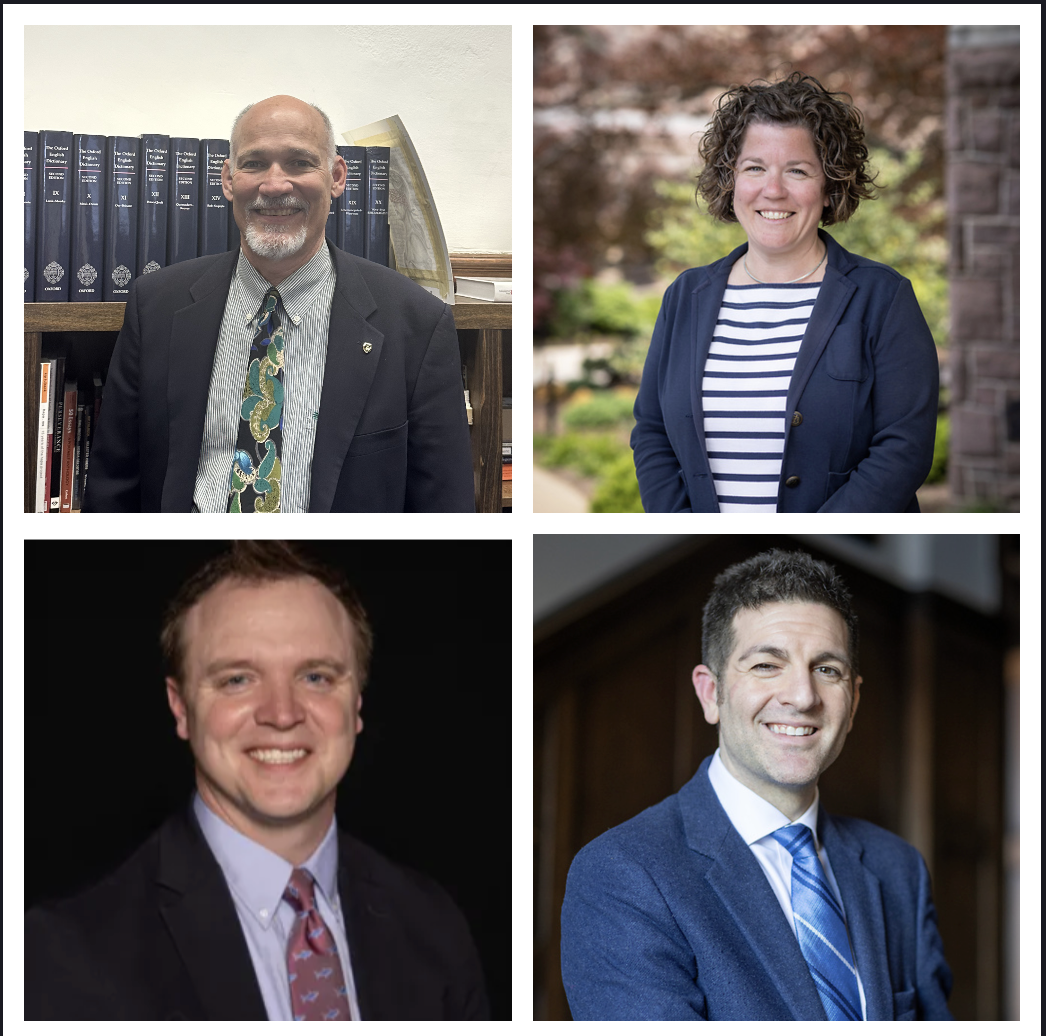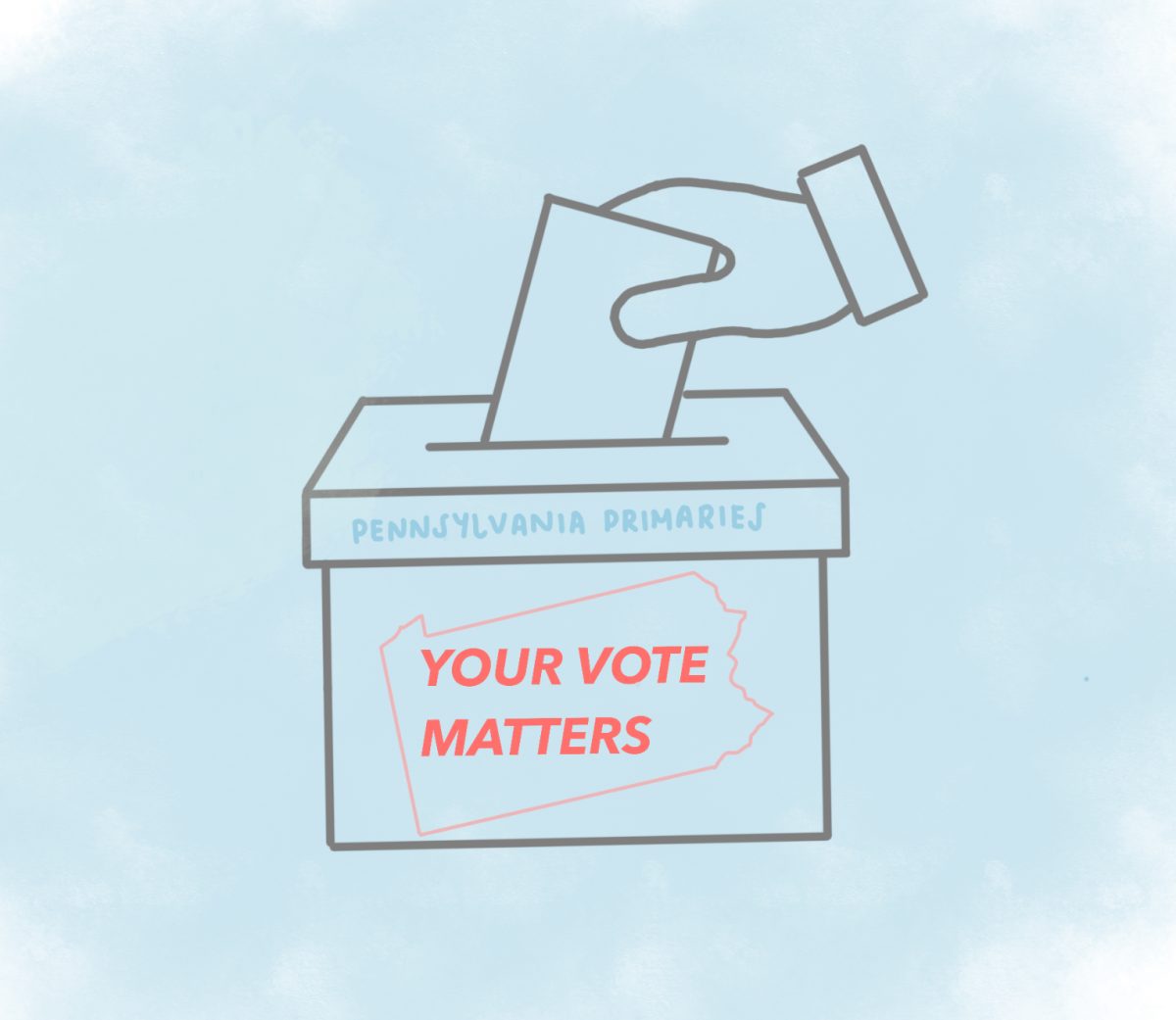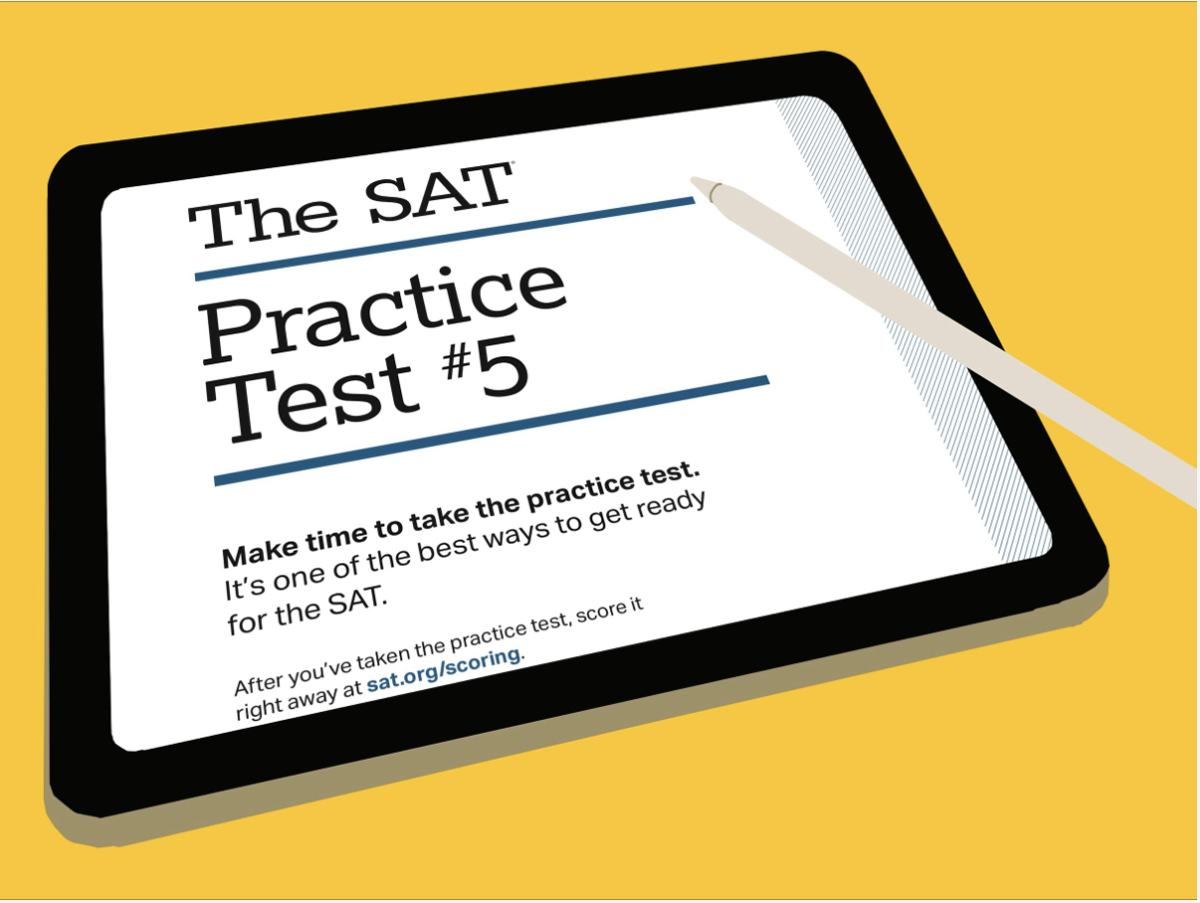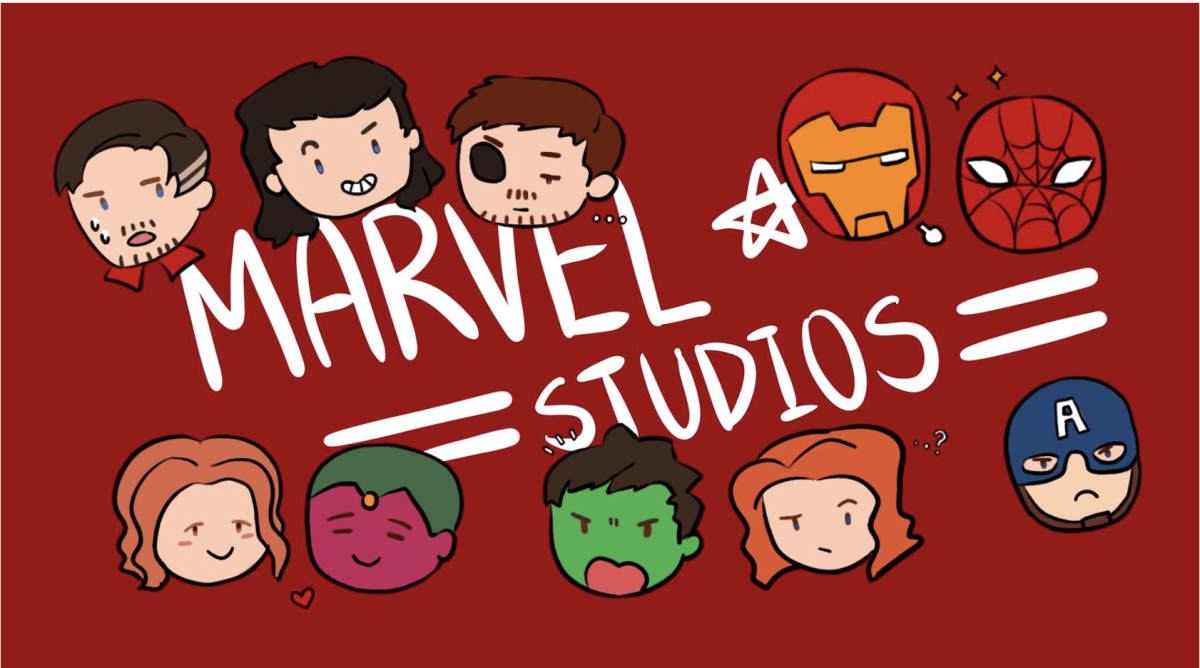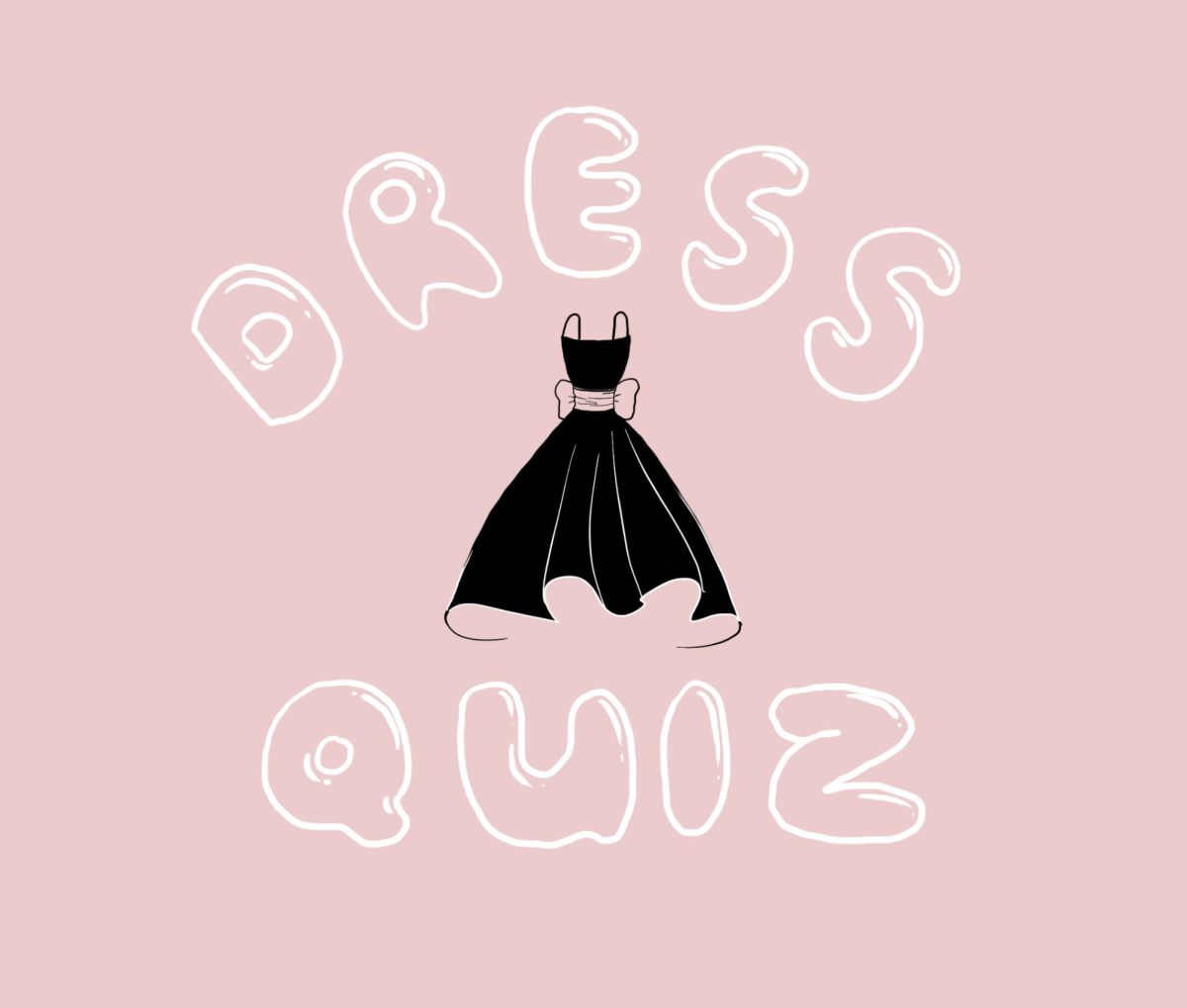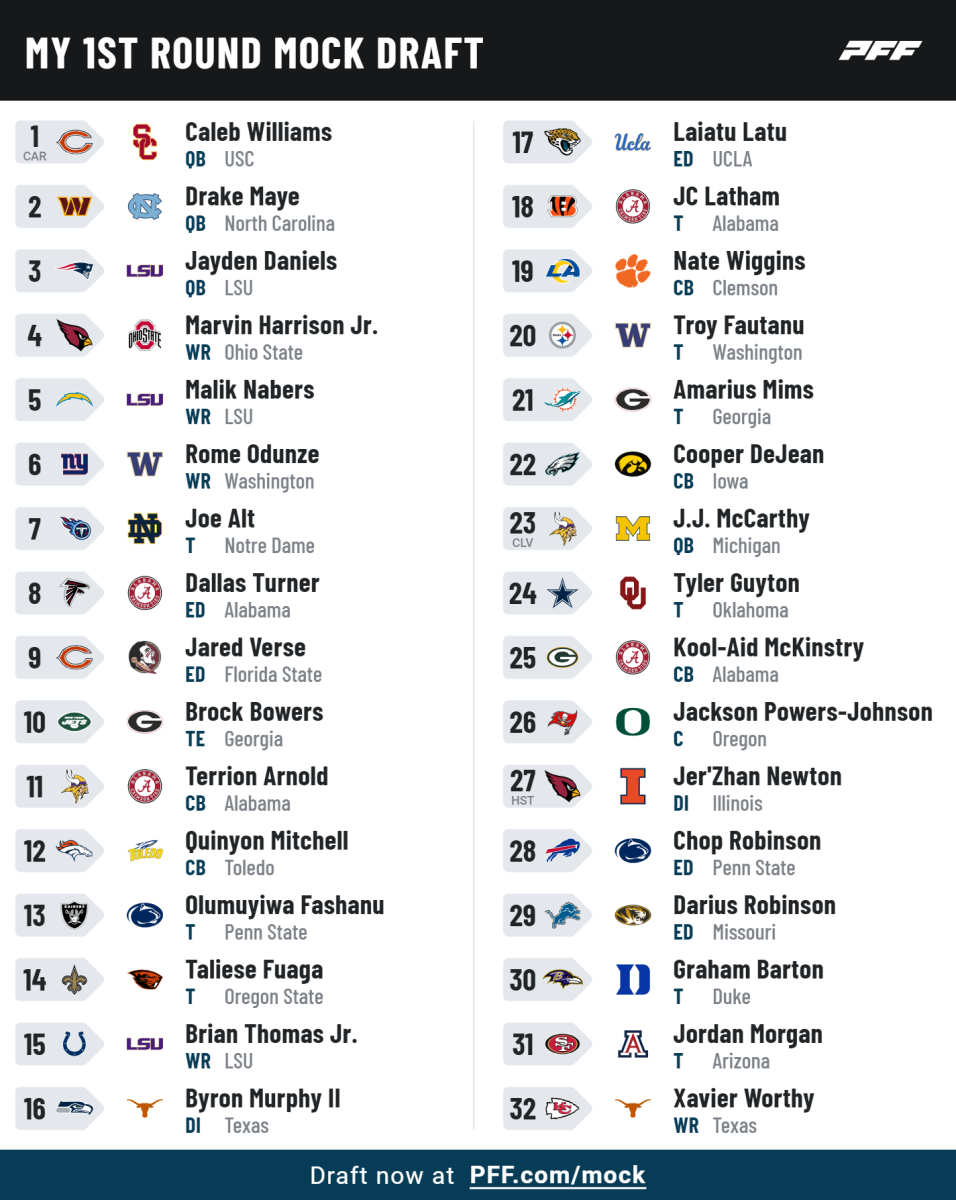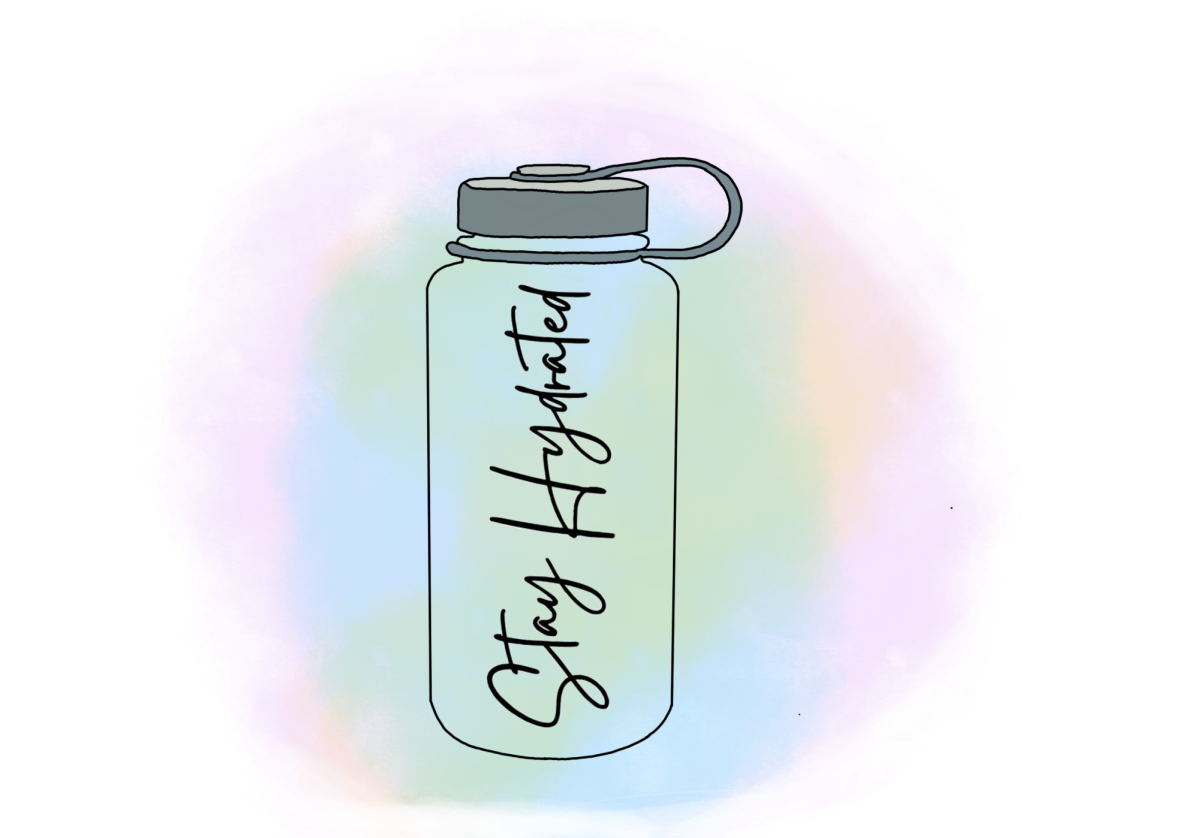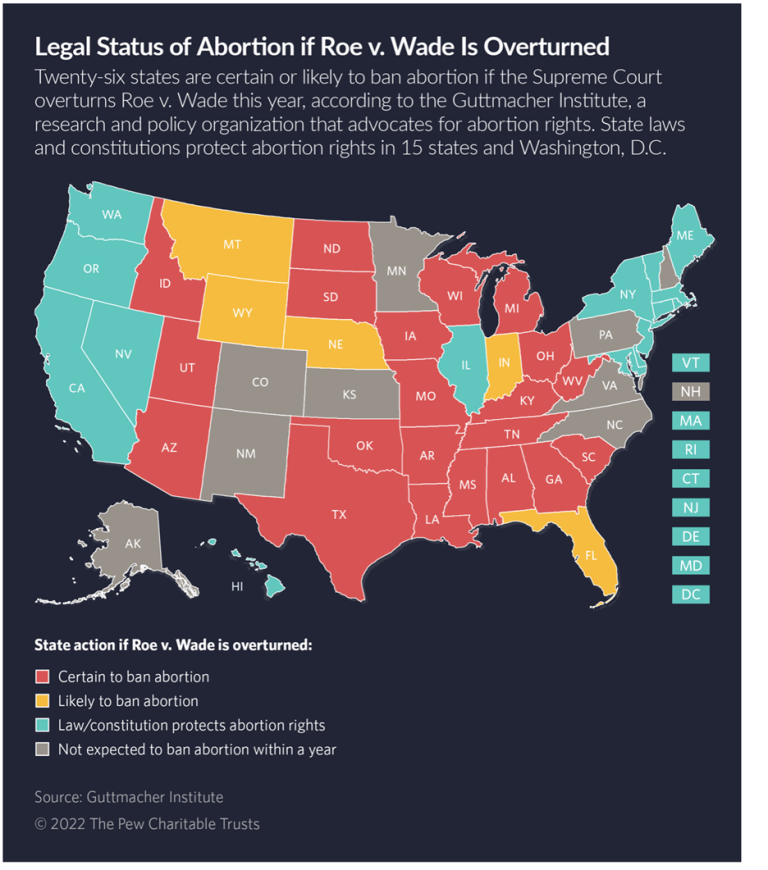Why should I care about a SCOTUS leak?
Media: Brookings Institute
The Brookings Institute is a nonprofit research institution based in Washington, D.C. Photo Courtesy of Guttmacher Institute.
At this point, it seems that almost everyone has heard about the SCOTUS draft that was leaked late Monday, May 2. This was the first draft of a decision regarding Dobbs v. Jackson Women’s Health Organization – a case that was originally tried down in Mississippi but recently made its way to the U.S. Supreme Court. But what really happened, who is Samuel Alito, and what even is Roe v. Wade?
Let’s begin with some background on Roe v. Wade and Planned Parenthood v. Casey: cases that paved the way for federally protected abortion rights and that are in danger of being restricted with this new decision. In 1973, “Jane Roe,” later identified as Norma McCorvey of Texas, became pregnant and was seeking abortion. She had a ninth-grade education and was struggling with addiction when she became pregnant with her third child. She fabricated a rape tale so that she would have “cause” to seek a legal abortion, but was unable to do so. After a three-year long court case, which was more about the larger issue of abortion rights than the case itself, the court ruled in favor of Roe. In that time, McCorvey had her child and put her up for adoption. In the end, the decision of the case protects a woman’s right to elect to have an safe, legal abortion (before viability) without governmental interference. It also set a trimester-based system, which is as follows: in the first trimester, there is to be no government interference; in the second trimester, the government could request an explanation as to why an abortion is necessary to benefit the health of the mother; and, in the third trimester, the government could prohibit abortion unless the life of the mother is in danger. Currently, according to medical nonprofit the Kaiser Family Foundation, “Abortions at or after 21 weeks are uncommon, and represent 1% of all abortions in the U.S.”
The next case that is referenced in the SCOTUS document is Planned Parenthood v. Casey, which took place in southeastern Pennsylvania in 1992. It focused on the phrase “undue burden,” which in this case meant the accessibility of abortion without too much expense or difficulty. It did away with the trimester-based interference levels for the most part, citing HIPAA and other medical privacy laws in addition to the Fourteenth Amendment.
So, who is championing the fight against this idea of constitutionally protected abortions? The SCOTUS document was penned by Justice Samuel Alito, who was appointed by former President George Bush in 2005 and has been serving since 2006. Before becoming a Justice, he served for eight years in the army, and eventually became district attorney of New Jersey. He is continually considered the most conservative member of the Supreme Court, and his decisions on cases since his appointment reflect this argument. In fact, the ACLU formally opposed his nomination.
What is Alito’s argument against Roe? According to the leaked draft decision, ”In this case, five factors weigh strongly in favor of overruling Roe and Casey: the nature of their error, the quality of their reasoning, the ‘workability’ of the rules they imposed on the country, their disruptive effect on other areas of the law, and the absence of concrete reliance.” Amidst the legal jargon, the Court argue that the basis on which Roe was decided is not sound. The “nature of error” Alito is referring to is the fact that Roe made abortion legal via the Constitution, which he disagrees with. The lines “quality of reasoning” and “lack of concrete reliance” reference the perceived errors in the case that Roe’s lawyers made to protect abortion federally. The “workability of rules” phrase focuses on enforcement and action taken to see these regulations through, and “disruptive effect” means the precedent that, by virtue of being ruled in Roe’s favor, the suit set for other cases following it.
This brings us to the present asking what exactly happened on May 2. The leaker is currently unknown, but Chief Justice John Roberts is currently investigating the case. Theories run all over – it is suspected that if it was leaked by a conservative source, according to ABC News: “the approach was used to soften the ground for the ultimate decision.” If it was leaked by a liberal source, it might be an expression of outrage. However, we don’t currently have a motive because we cannot identify a perpetrator. This is pulling in so much media coverage because, according to Politico, “No draft decision in the modern history of the court has been disclosed publicly while a case was still pending.” This is just a first draft, and no decision has been made for sure yet. The Supreme Court is very secretive about their decisions, so it is unlikely that anyone other than the Justices themselves or law clerks had access to the document originally. They could have leaked the document for many reasons, but they are being investigated because they worked most closely with the document. There is a theory that one of the Justice’s partners – Ginni Thomas, attorney and conservative political activist in her own right and wife of Clarence Thomas – leaked the draft decision.
So, given all of this information, what could a decision against Roe mean? What dangers does this opinion pose? It would grant the states rather than the federal government the power to decide whether women have the right to an abortion. A pervailing theory of why the fight against Roe is still strong after all these years is that many are upset that the states, rather than the federal government, can decide abortion laws for them. Current predictions surmise that if abortion laws become up to the states, 26 states are likely to ban abortion. Defederalizing abortion rights could make access to abortion harder for those of the lower socioeconomic groups. Also, restricted access could cause women to turn to other methods of abortion that happen outside of a safe, sterile medical facility filled with useful equiptment and professionals. Women have had to seek abortions outside of medical facilities before, however these are typically more dangerous methods of abortion. According to the National Library of Medicine, “… nearly half of these procedures, 20 million, are unsafe. Some 68,000 women die of unsafe abortion annually, making it one of the leading causes of maternal mortality (13%). Of the women who survive unsafe abortion, 5 million will suffer long-term health complications.”
So, as people able to bear children one day, how are we supposed to react to this? I am honestly not sure. Personally, the fight against abortion restriction is a concept that I am relatively new to. Becoming more involved with it has given me some perspective, though, about how fetal life was treated in different communities throughout my childhood – particularly the Catholic church. As a kid, my parish participated in the “40 Days for Life” event every year (which, for context, is an international religious campaign where people set up camp outside of reproductive health clinics to “educate patrons”), but not because I understood the significance at all. They marketed the event very well, so I looked forward to sticking the stickers on random surfaces, unintentionally promoting pro-life sentiments. I never understood until recently the significance behind that event. There were multiple other instances of the Church involving themselves in abortion, but this is the one that I remember most clearly.
The abortions themselves aren’t the only issue at stake, though. What happens to children when their mothers cannot obtain a safe abortion? There is research surrounding the number of children who suffer neglect through their own parents or through the foster care system and other similar systems, and they are compelling. One statistic from Foster America states that one in three children in the foster care system suffer abuse. Given this data, I think that abortion should be a protected right federally because then every woman would, by law, have guaranteed access to safe abortions. Women of all socioeconomic groups should have a right to make a decision for their own bodies and livelihoods.
I also find issue with the other legislation coming about at this time: death penalties for women seeking abortion or who have miscarriages in Texas, IUDs and other types of contraception being outlawed in certain states, the general lack of funding towards sex education, and ignorance towards children in the adoption and foster care system. We as a country should not make the decision about whether women should have access to safe, beneficial medical procedures in a courtroom. It also shouldn’t be ignored that birth control means so much more than preventing pregnancy–women that you and I know use birth control for so many reasons. For instance, birth control can be used for menstrual regulation, acne treatment, and to reduce menstural symptoms. I encourage you to read more about what birth control can do here and here. I can only hope the decision regarding Dobbs v. Jackson Women’s Heath Organization, whatever way it goes, does not signal more restrictions on access to safe forms of contraception for all people. Hopefully we can maintain these rights as they have existed, unproblematically, for over 50 years, or find a way to get them back in the future.
Visual Managing Editor Portia Sockel, who works with Lignelli on the DEI committee for Women & Gender, contributed to this report.

